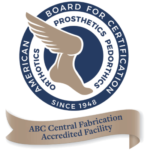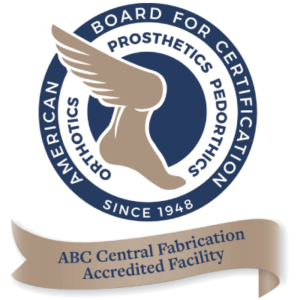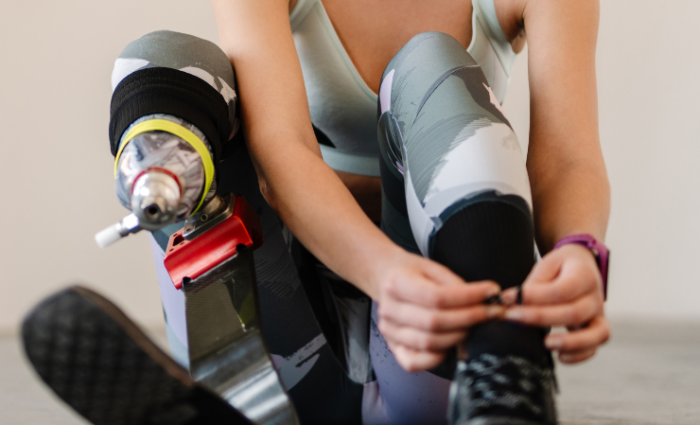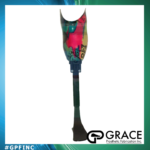When should patients have their prosthetic devices re-fitted?
Prosthesis fitting is a crucial aspect of living with a prosthetic limb. Ensuring that the prosthetic socket fits correctly can significantly impact the user’s comfort and mobility. However, there comes a time when a prosthesis needs to be re-fitted.
Understanding when and why this should be done is essential for maintaining the device and the use of the prosthetic.
Signs That a Prosthesis Needs Re-Fitting
- Discomfort or Pain: One of the most apparent signs that a prosthesis needs re-fitting is discomfort or pain in the residual limb. An ill-fitting prosthetic socket can cause pressure points, leading to skin problems such as blisters, sores, or even ulcers.
- Changes in Residual Limb Size: Over time, the residual limb can change in size and shape due to weight fluctuations, muscle atrophy, or changes in activity level. These changes can affect how well the socket fits.
- Reduced Mobility: If you notice a decline in mobility or difficulty performing daily activities, it may be a sign that your prosthesis is not fitting correctly. A properly fitted socket should enhance mobility, not hinder it.
- Suspension System Issues: The suspension system, which helps keep the prosthesis attached to the limb, can become less effective over time. If the prosthetic device feels loose or unstable, a re-fit might be necessary.
The Prosthesis Fitting Process
The fitting process involves several steps to ensure the prosthesis fits correctly and functions well. This begins with a thorough assessment of the residual limb and the user’s lifestyle needs.
- Initial Assessment: During this stage, the residual limb is analyzed, taking into account the user’s activity level and goals.
- Test Socket Creation: A test socket, or diagnostic prosthesis, is made to test the fit before the final prosthetic socket is fabricated. This allows for adjustments and modifications to ensure a proper fit.
- Fitting and Adjustments: Once the test socket fits correctly, the final socket is fabricated using materials such as carbon fiber for durability and lightness.
- Physical Therapy: After fitting the prosthesis, physical therapy is often recommended to help the user adapt and learn how to use the new device effectively.
Importance of a Proper Fit
A well-fitted prosthesis is vital for several reasons. It protects the skin from damage, ensures comfort, and enhances the user’s ability to perform daily activities. Using a gel interface can also help cushion the residual limb and prevent skin problems.
Contact Grace Prosthetic Fabrication for Prosthetic Socket Fabrication
Recognizing the signs that a prosthesis needs re-fitting is crucial for maintaining a high quality of life. Discomfort, changes in limb size, reduced mobility, and issues with the suspension system are all indicators that a re-fit may be necessary.
The fitting process, from the initial assessment to the final adjustments, ensures that the prosthetic device functions optimally and comfortably.
By understanding the importance of proper prosthesis fitting, patients can take proactive steps to maintain mobility and comfort.
Contact Grace Prosthetic Fabrication for prosthetic device fabrication.






